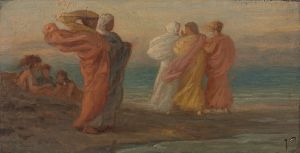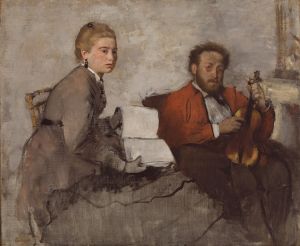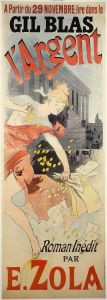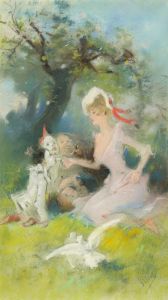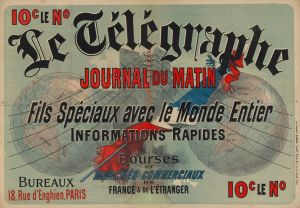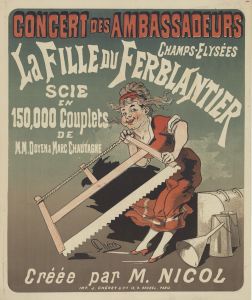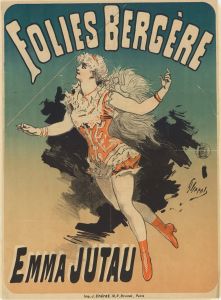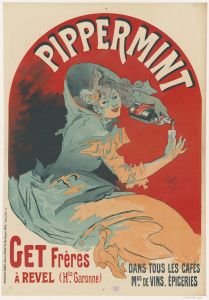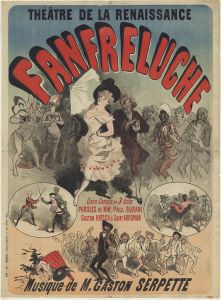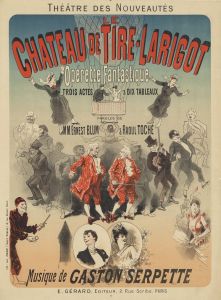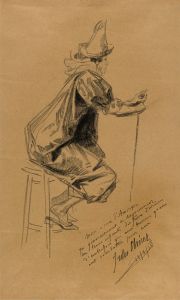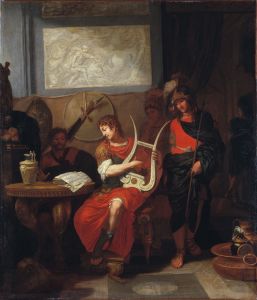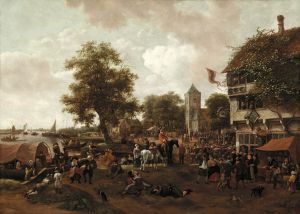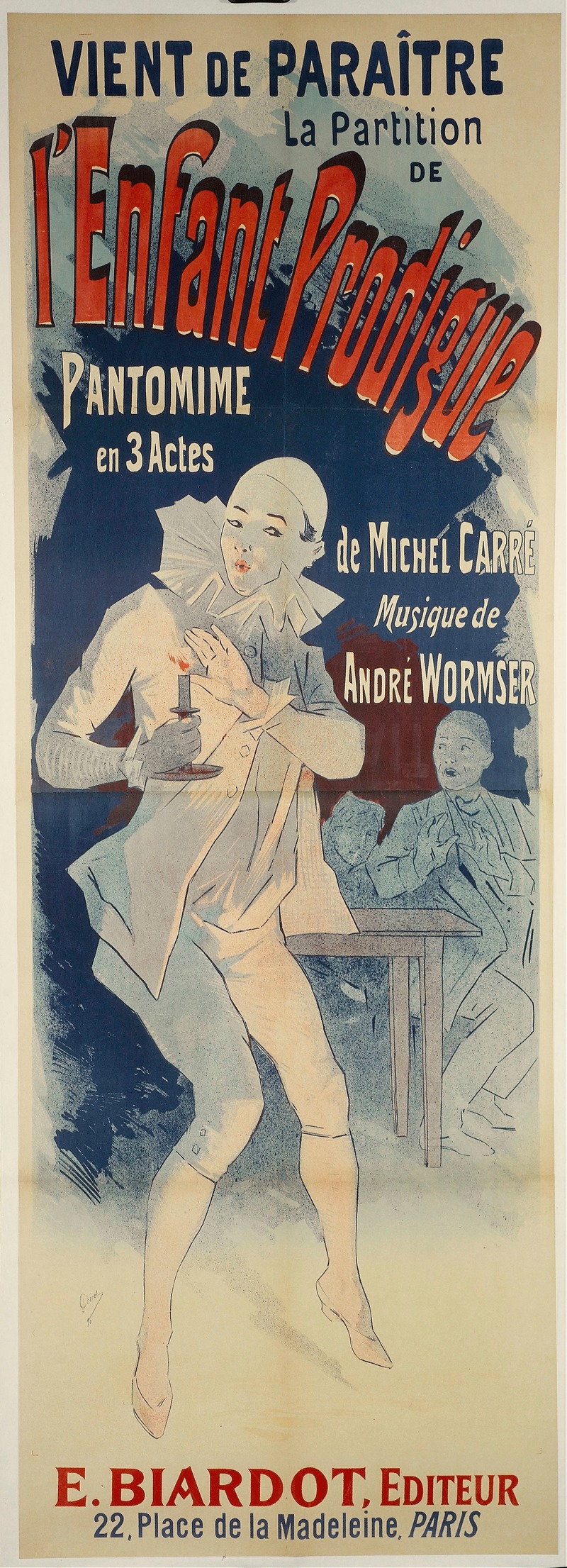
Vient De Paraitre La Partition De L’enfant Prodigue
A hand-painted replica of Jules Chéret’s masterpiece Vient De Paraitre La Partition De L’enfant Prodigue, meticulously crafted by professional artists to capture the true essence of the original. Each piece is created with museum-quality canvas and rare mineral pigments, carefully painted by experienced artists with delicate brushstrokes and rich, layered colors to perfectly recreate the texture of the original artwork. Unlike machine-printed reproductions, this hand-painted version brings the painting to life, infused with the artist’s emotions and skill in every stroke. Whether for personal collection or home decoration, it instantly elevates the artistic atmosphere of any space.
"Vient De Paraitre La Partition De L’enfant Prodigue" is a notable artwork created by the French artist Jules Chéret. Jules Chéret, born on May 31, 1836, and died on September 23, 1932, was a prominent painter and lithographer who is often referred to as the father of the modern poster. He played a significant role in the development of the advertising poster during the Belle Époque period in France.
Chéret's work is characterized by its vibrant colors, dynamic compositions, and the depiction of lively, joyous scenes. His posters often featured elegant women, known as "Chérettes," who became iconic representations of the modern, liberated woman of the late 19th century. Chéret's innovative approach to poster design helped to elevate the medium to an art form and influenced many subsequent artists.
"Vient De Paraitre La Partition De L’enfant Prodigue" translates to "The Score of The Prodigal Son Has Just Been Published." This poster was created to advertise the publication of the musical score for "L’enfant Prodigue," a pantomime composed by Michel Carré fils. The pantomime premiered in 1890 and was well-received for its expressive music and engaging narrative, which tells the biblical story of the prodigal son.
In this poster, Chéret employs his signature style, using bright, bold colors and fluid lines to capture the viewer's attention. The composition is dynamic, with figures in motion and expressive gestures that convey the excitement and drama of the pantomime. The central figure, likely representing the prodigal son, is depicted in a moment of action, surrounded by other characters from the story. The background features a lively, festive atmosphere, emphasizing the celebratory nature of the publication.
Chéret's use of color in this poster is particularly noteworthy. He employs a palette of vivid hues, including reds, blues, and yellows, which create a sense of energy and movement. The contrast between the bright colors and the darker background elements helps to draw the viewer's eye to the central figures and the text, ensuring that the message of the advertisement is clearly communicated.
The typography in the poster is also carefully designed to complement the overall composition. The text is integrated into the artwork, with the title "Vient De Paraitre La Partition De L’enfant Prodigue" prominently displayed at the top. The lettering is bold and legible, yet it harmonizes with the flowing lines and curves of the illustration, creating a cohesive and visually appealing design.
Jules Chéret's posters, including "Vient De Paraitre La Partition De L’enfant Prodigue," are celebrated for their artistic merit and their impact on the field of graphic design. Chéret's ability to combine art and advertising in a way that was both aesthetically pleasing and commercially effective set a new standard for poster design. His work continues to be studied and admired for its innovation and its contribution to the visual culture of the late 19th and early 20th centuries.
In summary, "Vient De Paraitre La Partition De L’enfant Prodigue" is a quintessential example of Jules Chéret's mastery of the poster art form. Through his use of vibrant colors, dynamic compositions, and elegant typography, Chéret created an advertisement that not only promoted the musical score but also captured the spirit and excitement of the pantomime itself.





